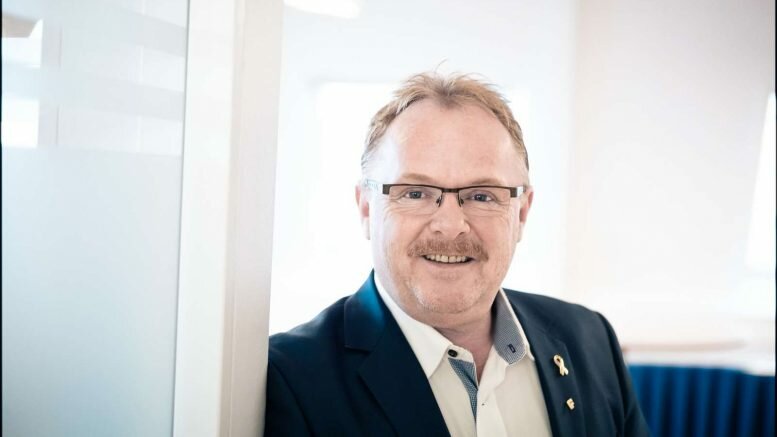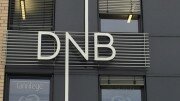A new Sintef report showed a strong increase in value creation for companies providing technology, and services, to the seafood industry. The Minister of Fisheries commended the industry, and said it promises significant further growth.
‘As the oil industry now seems to have lost some jobs, they are being created at the same rate in the fisheries and aquaculture industry,’ said Tore Håkon Riple, chairman of the Technical and Service Committee for Employment in the Seafood Association.
Riple is also the general manager of Marine Constructions AS. NRK news followed him during an inspection of the construction process for two of the company’s new barges on Lake Laksevåg in Bergen.
‘One is going to the coast of Helgeland, and the other to Finnmark. In these vessels alone, there is equipment from 15 to 20 suppliers in total’, said Riple, thus exemplifying the growth in the number of technology and service supplier companies to the seafood industry in recent years.
21,400 full time jobs
In a recent Sintef report, researchers argued that the many companies are often small, and that there is great potential for further growth in total turnover for the industry, among other means, by streamlining into larger companies.
Nevertheless, the growth the industry has seen in recent years is impressive enough. Since 2004, the economic impact of the seafood industry has more than doubled. By 2015, technology and service providers had value creation, in the form of contributions to GDP, of NOK 24.5 billion.
Besides that, they employed approximately 21,400 full time workers in Norway, according to the new Sintef analysis.
Report paid for by the industry
The report was paid by the Fisheries and Aquaculture Industry Research Fund. They are subject to the Ministry of Food and Fisheries, but are fully financed by industry, and they aim to create added value for the seafood industry in the future.
The Sintef researchers stated that the added value of suppliers is significant and increasing, and very important for many local communities from Finnmark to Eastern Norway. They pointed out that funding for technology development is important to exploit the potential of increased exports.
In 2016, Fisheries Minister, Per Sandberg of Fremskrittspartiet (Frp), was in a hurry to say that the Institute for Marine Research should be a ‘nutritional institute’. He’s pleased with what Sintef have written in the report.
‘It’s gratifying to see the report today, and confirm that the seafood industry, both in aquaculture, fisheries and industry, provides a great return to local communities and safe jobs,’ said Sandberg to NRK news.
Sandberg is confident of significant growth
Riple, of Seafood Norway, said the industry has some fear of stricter rules for new farming licenses, but he is still optimistic for further growth, which Sandberg has for a long time been guaranteeing will come.
‘On October the 15th, the new growth regimen will arrive, and then those who have good order of their stock will get an opportunity to grow 6%. So the offer is there, and the industry has made significant efforts over the past four to five years to meet the challenges of both lice, and environmentalism, so I’m certain that we’ll achieve significant growth in the future,’ said the Minister of Fisheries.
© NRK / Norway Today





